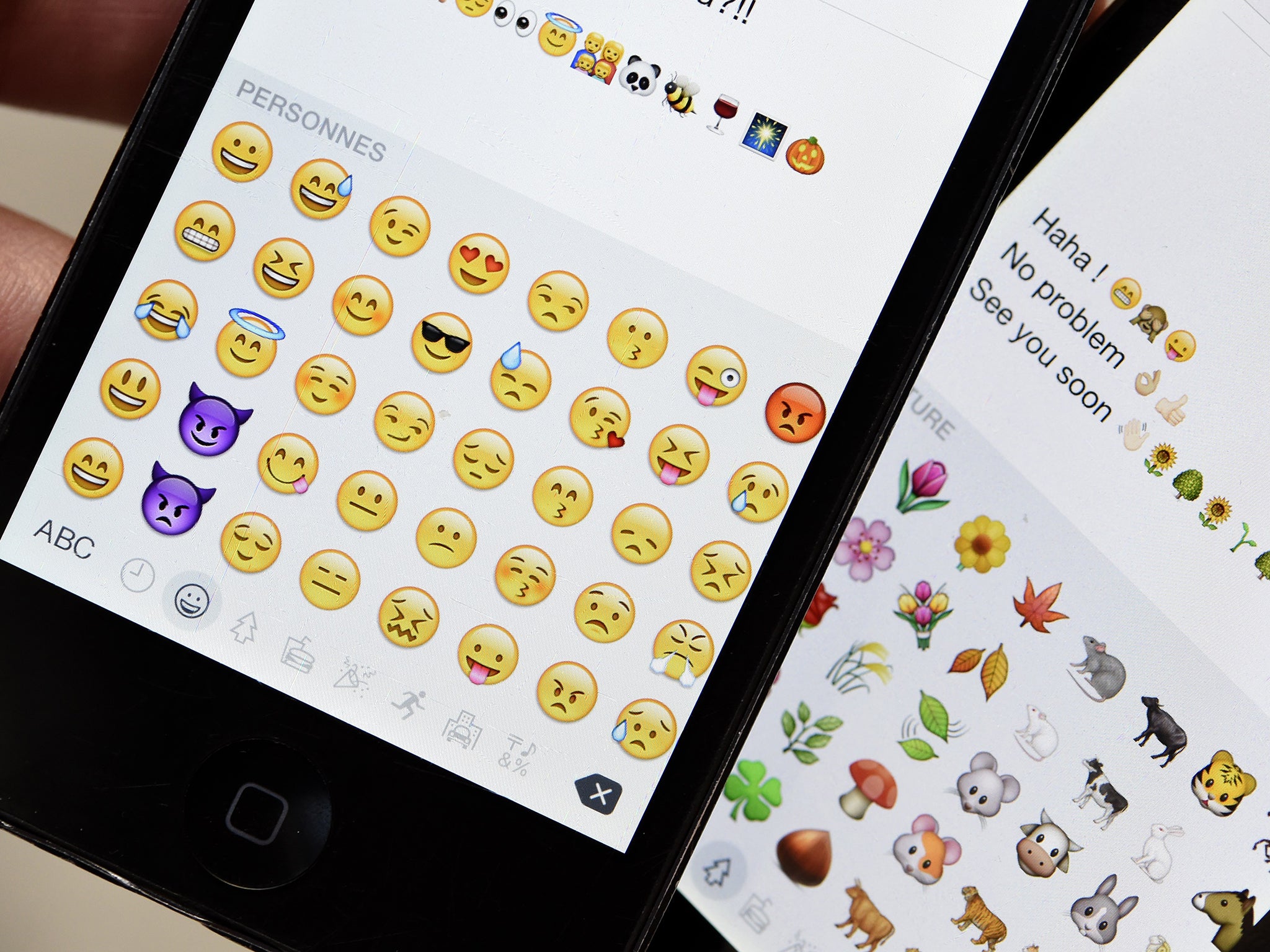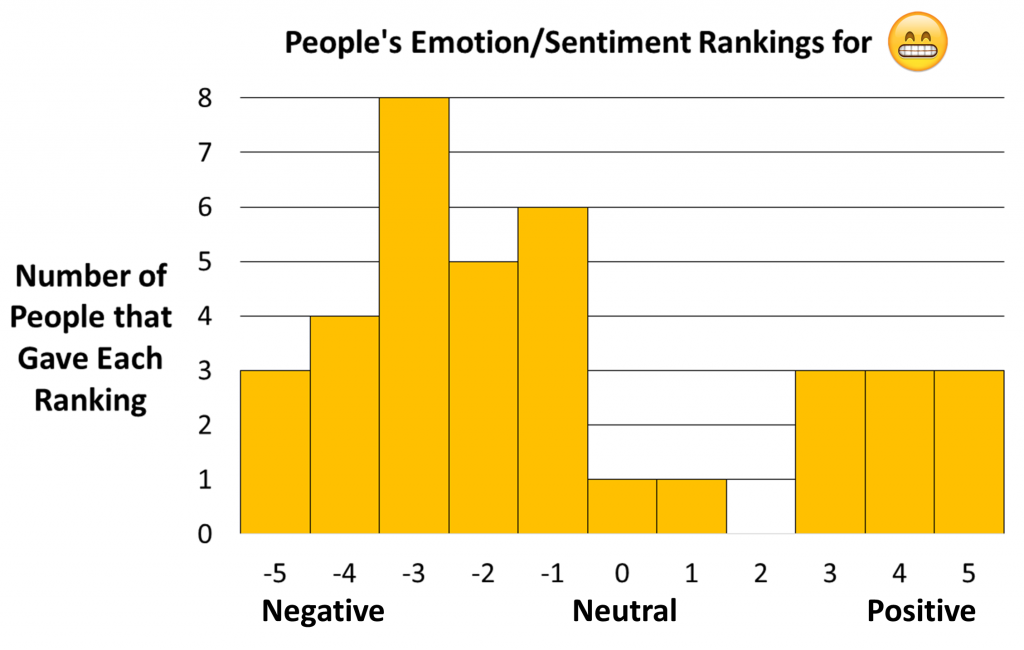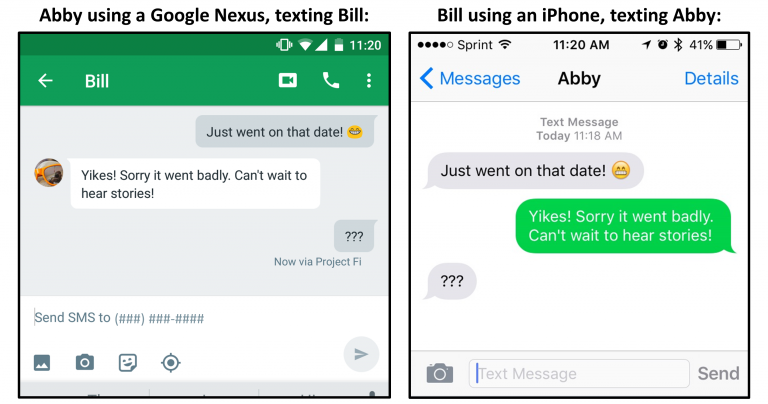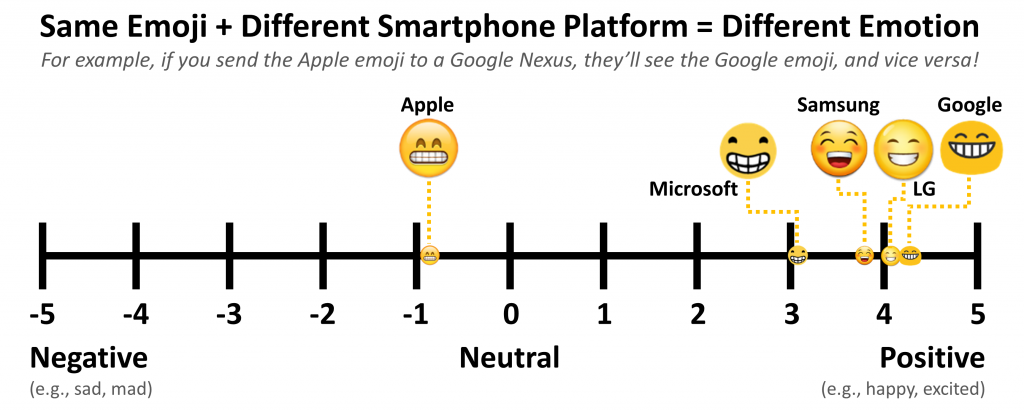Emoji meanings vary hugely between platforms, meaning characters can lead to vast miscommunication, study finds
People might not even be aware that the mix-ups are happening

Your support helps us to tell the story
From reproductive rights to climate change to Big Tech, The Independent is on the ground when the story is developing. Whether it's investigating the financials of Elon Musk's pro-Trump PAC or producing our latest documentary, 'The A Word', which shines a light on the American women fighting for reproductive rights, we know how important it is to parse out the facts from the messaging.
At such a critical moment in US history, we need reporters on the ground. Your donation allows us to keep sending journalists to speak to both sides of the story.
The Independent is trusted by Americans across the entire political spectrum. And unlike many other quality news outlets, we choose not to lock Americans out of our reporting and analysis with paywalls. We believe quality journalism should be available to everyone, paid for by those who can afford it.
Your support makes all the difference.People around the world’s messages are getting lost in translation because of confusing emoji.
The little animated faces are intended to help out where language fails, communicating emotions or other concepts. But they might actually just be leading to more confusion, since people aren’t sure exactly what they mean, according to a new study.
Because the emoji are drawn different on every platform — from Apple through to Twitter — they each have subtle differences. And those differences could be leading people into huge amounts of confusion and miscommunication, according to a new study from the University of Minnesota, Twin Cities.
There are at least ten different versions of each emoji in popular use. And which you see depends on what platform you’re on — if someone with an iPhone sends the “grinning face with smiling eyes” to someone with a Samsung, for instance, they’ll each see entirely different pictures and so may understand the characters to mean something entirely different.

Hannah Miller, one of the researchers involved in the study, shared an example of how those mix-ups could lead to miscommunication.

And even when two people see the exact same emoji, they can still interpret it in wildly different ways, meaning that emoji can lead to huge miscommunication even among people on the same platform.
In the study, researchers showed people five different versions of the 22 most popular emoji that depict human faces. They asked them to describe what they thought the emoji meant, as well as ranking on it on a scale that went from strongly negative to strongly positive.
It found that many of those emoji were seen in varying ways. If someone looked at the grinning face with smiling eyes mentioned above, for instance, then they might see it as anything from positive to a little negative depending on what platform they are on.

In Google’s depiction, for instance, the face looks like a happy person and people rated it just over 4 out of five on the positive scale. But in Apple’s version the smile looks more forced and the eyes more pained — leading it to look a little like a grimace and meaning that people rated it as nearly -1, or negative.
The researchers found that people tended to vary hugely depending on which platform was shown. They found that for nine out of the 22 emoji, the average difference between two platforms was great than two on its ten-point scale.
Some other emoji were subject to entirely different interpretations. For the emoji that depicts two hands thrust up into the air, for instance, people used the words “stop” and “clap” for the Apple version but “praise” and “hand” for Google’s.
And even on the same platforms, the rankings on the sentiment scale still varied hugely. The average confusion when characters were sent between platforms was 2.04 — but even on the same platform, people tended to see things an average of 1.88 points apart on the ten-point scale.
The researchers said that they would look to continue the work, exploring how people from different cultures see various emoji or looking at whether the same kind of miscommunication might happen when the emoji don’t depict people. They also said that they will look to understand how people might help develop future language technologies — since some researchers have argued that the development of emoji represent an entirely new form of language.
The research — ‘“Blissfully happy” or “ready to fight”: Varying Interpretations of Emoji’ — has been published online and will be presented at a data science conference later this year.
Join our commenting forum
Join thought-provoking conversations, follow other Independent readers and see their replies
Comments